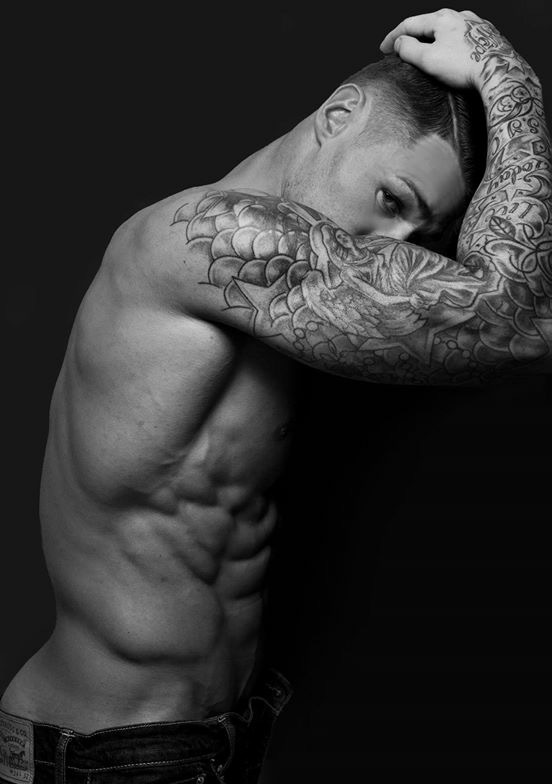On the May Bank Holiday of 2008, my life took a sudden, unexpected change. After a normal night out with friends, drinking the usual G & T, I returned home, went to bed as I usually would and slept well. When I woke up, I started to feel a little unwell; I put this down to a hangover. I took a small nap, only to wake up to something that changed my life in an instant. I found my speech was badly distorted and slurred; thinking this would pass, I carried on as I usually would do.
A couple of days later, the problem seemed to worsen, so a friend took me to the hospital, where I was admitted straight away. I underwent test after test, to the doctors’ confusion. On paper I was a healthy 24-year-old man. Doctors were baffled by what had happened to me, and could not point to a cause or diagnosis. Almost 9 years on, I still have no clear cause as to why this happened.
I was put under the care of a neurological specialist, whom I saw every 6 months, just to be prodded and poked at. A year had passed, and although I still had my speech problem, I was carrying on with my life. Then the problem directed itself into my hands. I noticed my thumb on my left hand was starting to become painful and tight, and I found it increasingly hard to use, to the point where it eventually closed fully. Over time, a couple of my fingers on both my left and right hands did the same.

Working as a plumber by trade, I found it increasingly hard to continue doing my job, until I no longer plumbed as a living. Although I found it very hard coping with a drastic wage decrease, I found work as laborer. I work with a great team of lads and they help encourage and build my confidence each day.
Finally, in 2012, I was diagnosed with dystonia. Finally, I had name to this thing that had been ruling my life for so long. I started to read up on dystonia – it is a debilitating disease that can affect your life completely, no matter how minor the symptoms.
My dystonia is treated with botulinum toxin injections and regular hand therapy. The combination helps to relieve some of my symptoms such as pain, stiffness/spasms and limited range of movement. I am able to grip gym equipment more freely, with a better range of movement; the toxin also helps to relieve pain during training.
I’m keen on the gym, so I had always been in pretty good shape, but I wanted to prove my goals and dreams were still achievable with a disability. For the past four years, I have dedicated myself to the gym. I am working hard to try to raise awareness for dystonia, and to encourage anyone out there who may have disabilities, confidence or self-esteem issues and wants to keep in shape.
Follow James on his blog.
We want to hear your story. Become a Mighty contributor here.

